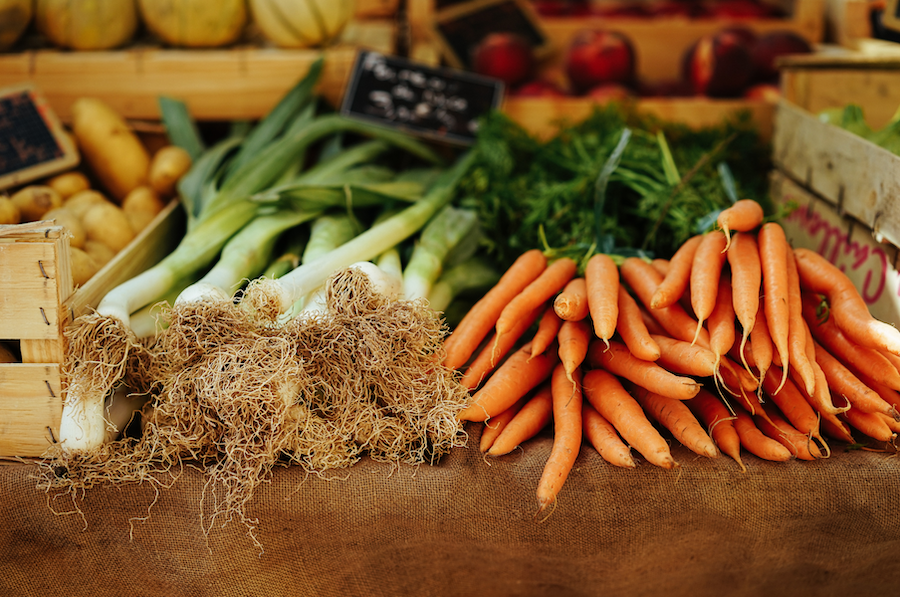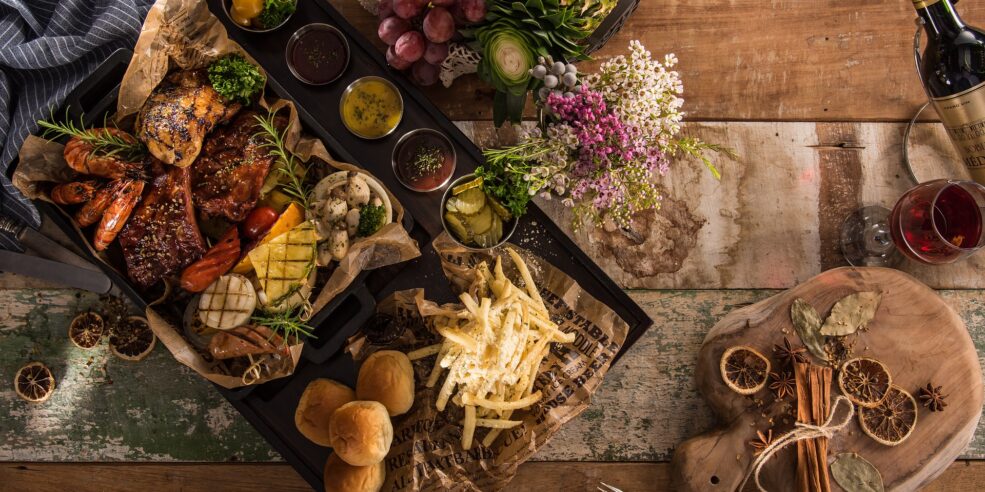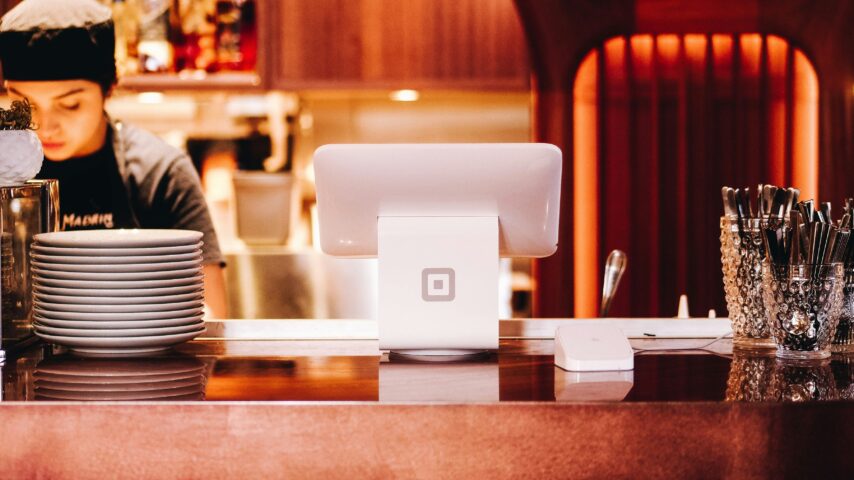In this article
- 1. Utilise preparation waste for the creation of other menu items.
- 2) Offer a greater range of portion sizes or encourage the use of doggy bags for your customers.
- 3) Calculate and monitor your 'actual wastage' with the help of vigilant stocktaking.
- 4) Buy and prep the right amount of food each day.
According to a report from the Food and Agricultural Organisation (FAO), global food wastage per year is approximately 1.3 billion tonnes, which is roughly a third of the food produced in the world for human consumption. On a more local scale, waste in UK restaurants is approximately 1.6 million tonnes per year with around 600,000 tonnes of this being food. Breaking this down: 30% is from plate waste (customer leftovers); 5% from spoilage; 65% from prep waste (food not used after preparation). Reducing food waste is vital to boost restaurant performance and control costs.
Why exactly is this such a problem? Firstly, global population is on the increase with 10 billion people expected by around 2050. Therefore demand will be significant and without an increase in supply prices will rise. Added to this, climate change has the potential to create further difficulties in food production as extreme weather events such as droughts and floods will lower crop yields. Together, these issues could have disastrous consequences on food security leaving millions starving.Attempting to address this problem may seem daunting however, there are strategies restaurants can implement to contribute to reducing food waste.
Best strategies for reducing food waste

1. Utilise preparation waste for the creation of other menu items.
For example, SiloLondon utilises broccoli cores in the creation of one of its dishes.
2) Offer a greater range of portion sizes or encourage the use of doggy bags for your customers.
3) Calculate and monitor your ‘actual wastage’ with the help of vigilant stocktaking.
For example, by connecting menu items with their ingredients i.e. the cheeseburger needs 1 beef patty, 2 buns, a slice of cheese and pickle etc. When you take the dishes sold and multiply this by the recipes of each menu item you get the “theoretical usage”. When you do the stock count you can work out the “actual usage”. Minus the “theoretical usage” from the “actual usage” and you get “actual wastage”.
For simplicity:
Theoretical usage = Total dishes sold x individual recipe items
Actual usage = Ordered food items — remaining food items
Actual wastage = Actual usage — theoretical usage
The difference between the theoretical usage and actual usage will typically come down to:
- Portion sizes being bigger/smaller than defined in the recipe. More training of the kitchen team can help improve this.
- Items that are free and therefore not entered in the till (eg: staff meals or deliveries from third parties). To be able to identify the cause of the waste, it’s important to make sure that these are entered in the till and discounted to zero so that they are counted as part of the theoretical usage.
4) Buy and prep the right amount of food each day.
This may seem like an obvious point to make but it is actually a very difficult task to get right. This is because there are a large number of variables which will affect your sales for any given day for example seasonal variations, overall growth trends as well as local weather and events.
Technologies are now available to accurately forecast sales, from the store level right down to the individual item level taking into account the previously mentioned variables. Tenzo has this capability by utilising cutting edge machine learning algorithms (or artificial intelligence). This technology has a proven track record of reducing food waste. Click here for more information and if you’re interested in a demo you can sign up here.
At an individual level these contributions are quite small, however, collectively (across all restaurants) they are huge and can have a significant effect on food prices and sustainability. For inspiration, here is a list of the most sustainable restaurants in the UK. Have a look — you may get some great ideas!
To learn more about reducing your restaurants’ food waste visit the Too Good to Waste Campaign run by the Sustainable Restaurant Association.




